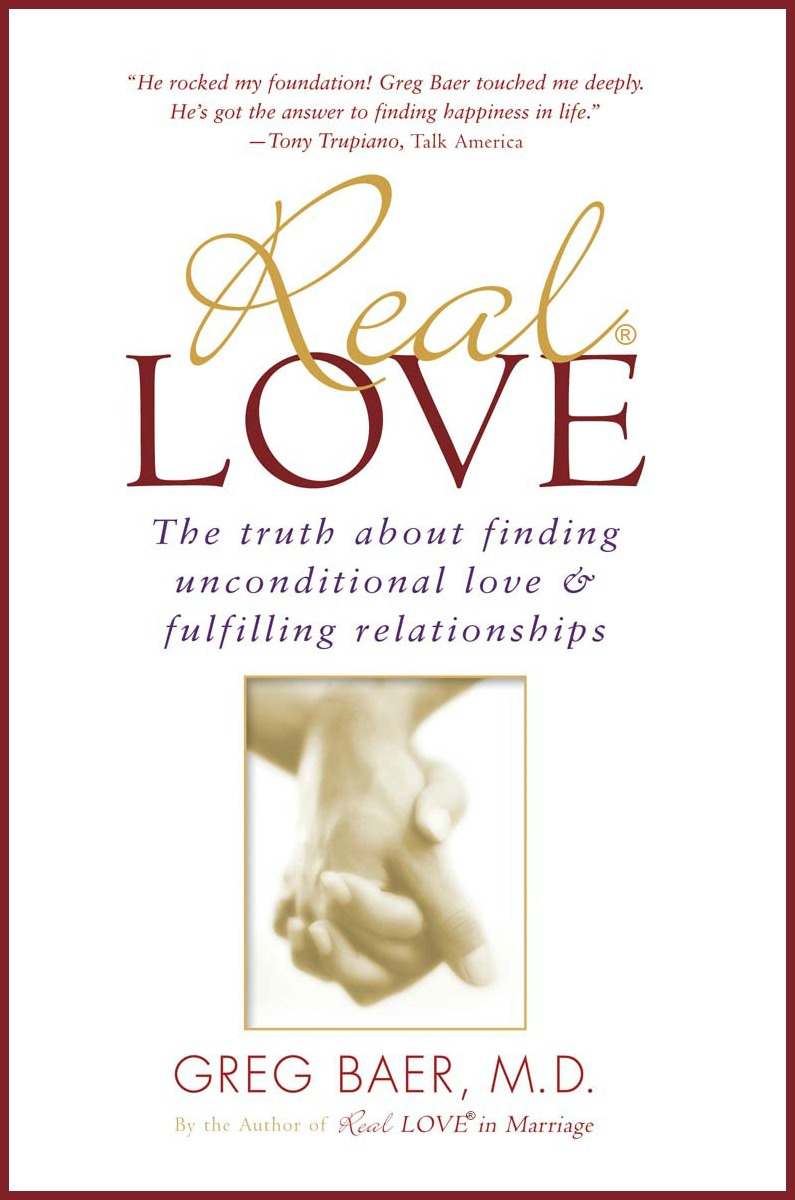Recently I completed a plumbing project in my backyard, which necessitated my digging a ditch eighty feet long. When I had finished connecting all the pipes, and when I was certain that the water was flowing properly, I began filling the ditch back in with dirt. At one point in the process, a friend happened by and asked me what I was doing. At that moment I was pushing pieces of clay under a section of pipe and vigorously pounding the clay down with the end of a piece of wood.
“What are you doing?” my friend asked.
“Compacting the soil,” I answered.
“What?” He seemed perplexed by my answer, explaining that he had filled in many holes and ditches in his life but had never done anything like what I was doing.
So I explained to him the rationale behind soil compaction. When soil has settled for a long time, it becomes densely compacted, through the forces of gravity, water, and other influences. When a hole or a trench is dug, the soil that is removed is dramatically loosened — by way of the introduction of air pockets and irregular surfaces to the soil — such that the soil removed cannot begin to fit back into the hole from which it was taken.
In some cases, it’s not important — or desirable — that all the dirt taken from a hole first perfectly back into the hole from which it was removed. When I dig a hole to plant a small shrub, for example, I wouldn’t want to put all the excavated dirt back into the hole. If I tried to force all the dirt back into the hole, I’d injure the roots of the plant.
In many instances, however, it is important that we get as much of the dirt as possible back into the hole. Actually, what matters most is not the amount of dirt we replace but the way we do it. In order to get all the dirt back into the hole or the ditch, we must carefully and sometimes rather forcefully push the dirt against the bottom of the hole as we shovel it in — a process known as compaction — because as we do that, we eliminate the air pockets and return the soil to the dense, tight condition it possessed before we dug it out of the hole.
Compaction can be done with your feet, with the end of a board, with motorized devices, or any number of makeshift tools, and if it’s done properly, the compaction must be done every time four to six inches of soil is shoveled into the hole or ditch. But many people try to shortcut the compaction process. They will, for example, fill up a six-foot-deep hole and stomp on the dirt only at the end of the project, not realizing that compaction then happens only in the upper few inches of the hole. Over time, rain and gravity will compact the remainder of the dirt, and as the soil settles, whatever rests on the top layer of the soil — a house, a road, and so on — will sink, usually in an uneven and unpleasant way.
It is often because of poorly performed compaction that you see so many places in city roads where repair jobs have resulted in depressions in the road and bumps for all the drivers that happen by. Or you can look out over a cemetery, and you will see many monuments tilted this way or that — because of irregular or no attention to compaction during the replacement of dirt after digging. Many houses built on hillsides have had their foundations laid on dirt that was brought in to build up the ground for some part of the foundation. But if the compaction was improperly done, the dirt later settled and the foundation cracked.
And that was why I was compacting the soil under the pipes I had laid. My ditch was on a slope, and as I dug I found it difficult to keep the bottom of the ditch at exactly the same angle for the entire distance. When I laid the pipe, I therefore discovered that in some places the pipe touched the compacted dirt on the bottom of the ditch — as it was supposed to — while in other places there was a gap of several inches between the pipe and the bottom of the ditch. If I had simply thrown all the dirt into the ditch to cover the pipes, the soil would have settled over time and exerted pressure on those sections of pipe not touching the bottom of the ditch, bowing and distorting them, which would have created the possibility for breaks or separations at joints in the pipes. My compaction of the soil eliminated that possibility.
Building foundations of dirt is not entirely unlike building the foundations of our lives, which also must be laid carefully, layer upon layer, each properly compacted, or the entire structure may fail. I see the importance of these foundations as people come to me with the complicated problems in their lives, often conflicts with their spouses or children or co-workers or whoever that has burdened them for a long time. They want me to offer them a quick fix.
But there is no quick fix, and the problem is not complicated. Almost uniformly the problem is a basic lack of compaction. They’re having problems because the soil wasn’t properly laid down and compacted in the first place, and now they’ll have to do some work on the foundation before they can work on the walls or the roof. Before we can work on what we believe to be “complicated conflicts,” we have to learn to tell the truth about ourselves. We have to learn to find more Real Love in our lives. We have to feel more loved and become genuinely more loving. We must understand the Law of Choice and truly respect the right of other people to make their own choices because we really care about them. All this lays a firm foundation for genuinely loving relationships and then conflicts simply begin to fade away. We discover that they weren’t really all that complicated, as we had supposed.
A man once came to me, eager to eliminate the anger in his life. He had been eaten up with anger for decades, inwardly fuming at the world for its many injustices and outwardly blowing up at everyone around him for all their many crimes against him. People were afraid of him, and he tended to isolate himself from them. He had virtually no long-term relationships, even with his family. He’d been through three divorces. He’d been to therapy, but his anger persisted. I suggested that we meet a few times.
I didn’t do anything complicated. I just loved him. We talked. I asked him to tell the truth about himself, and I just loved him. After a few meetings, he called and said that for the past week something had been happening to him, and he wanted me to explain it to him. He said that the same old stuff had been happening to him — his truck had broken down, his boss had yelled at him, the rain had washed out part of his driveway, some drivers had cut him off in traffic, and so on — but somehow he had “forgotten” to get angry. In the past, all those things would have sent him into a rage, but now they just didn’t seem to bother him, and he couldn’t figure out what was different. Now he just didn’t care when those things happened, and he called to ask me why.
I explained to him that his foundation was now in place so that each time it rained — each time somebody did some little thing to him — his foundation didn’t settle or wash out from under him, leaving him empty and afraid, after which he then reacted in the only way he’d ever known: with anger. He understood.
We have to compact our soil We have to tell the truth about our emptiness and fear and our Getting and Protecting Behaviors to people who will love us unconditionally. And then we have to practice sharing that love with others, so the love within us will steadily grow. And we have to do all that gradually, in steps, compacting the soil as we go, so that when difficult times come — which they always do — the entire foundation won’t wash away. And if we’re willing to do that, we’ll be able to build a loving home in which we’ll want to live, a place where we’ll want to invite others to share the love and joy we have. It’s quite a way to live.


